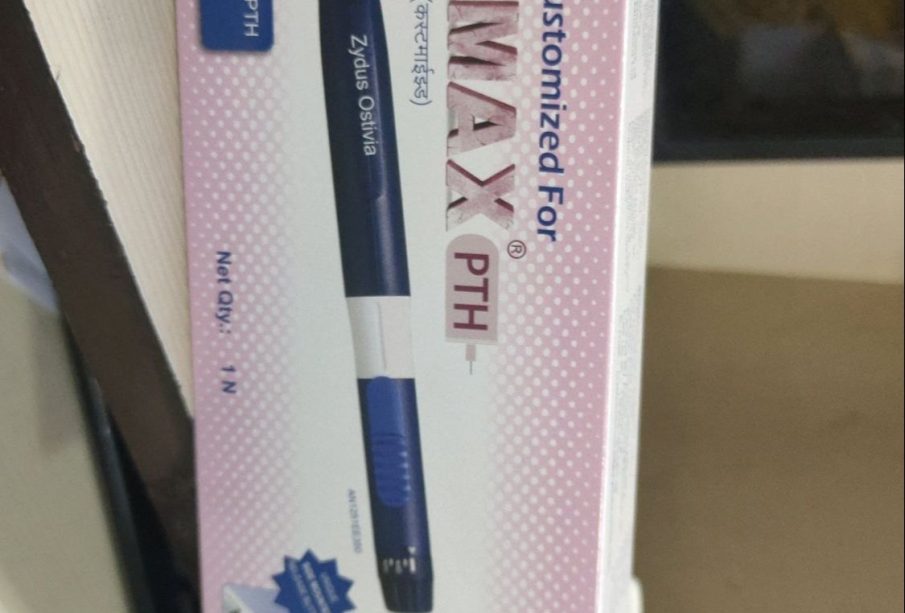The Role of Autopens in Contemporary Society

Introduction
In an era where efficiency and speed are crucial for business and governmental operations, autopens have emerged as a significant tool. An autopen is a machine that automatically reproduces a signature, allowing organizations and individuals to sign documents quickly and efficiently. The use of autopens raises important conversations about authenticity, trust, and efficiency in communication.
What is an Autopen?
Autopens have been around for decades, originally designed to replicate signatures for mass mailings and documents that require a personal touch without the need for the actual signer to be present. Today, these devices are widely used in corporate environments, government offices, and even by celebrities who may be inundated with requests for autographed memorabilia. Technological advancements have made autopens more sophisticated, allowing them to closely mimic a person’s unique signature.
Current Use Cases
Several high-profile cases highlight the use of autopens in today’s world. For instance, during the COVID-19 pandemic, many government officials opted for autopens to expedite the signing of critical documents related to health and safety mandates. Businesses often employ autopens to streamline processes, particularly in handling contracts, agreements, and routine correspondence, ensuring that signatures do not slow down overall productivity.
Legal and Ethical Considerations
While autopens serve a practical purpose, their use is not without controversy. Issues of authenticity and confidentiality arise, especially in legal documents where signatures often represent a binding agreement. Many organizations implement strict guidelines around the use of autopens, clearly indicating when a reproduced signature has been applied to mitigate potential misunderstandings.
Conclusion
The autopen has become a powerful tool in modern communication, balancing the need for efficiency with the necessity of maintaining integrity in signatures. As businesses and government agencies continue to integrate technology into their workflows, the role of autopens will likely expand. Moving forward, we can expect ongoing discussions about the boundaries of their usage, especially in the context of trust and verification in an increasingly digital world. Readers should remain aware of both the potential benefits and pitfalls of autopen technology as it becomes more prevalent in everyday business and governance.









